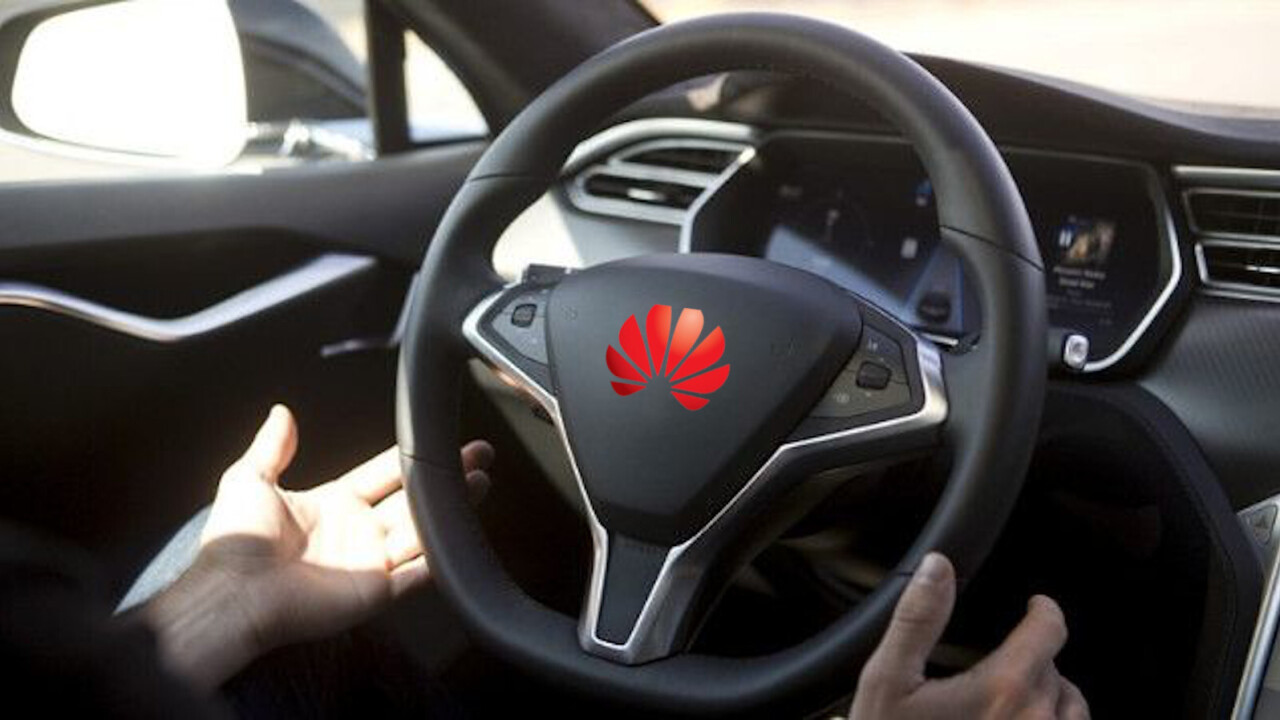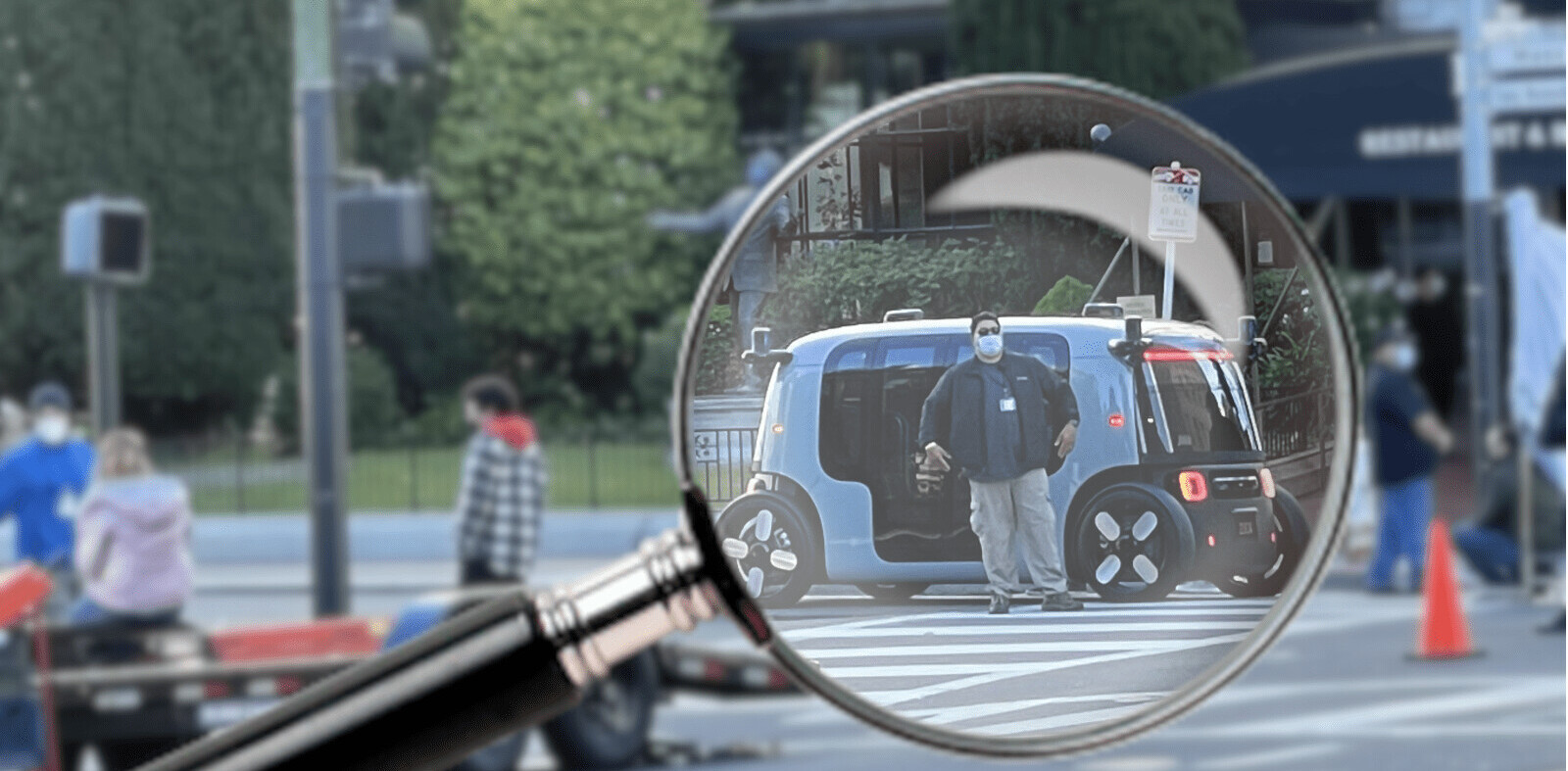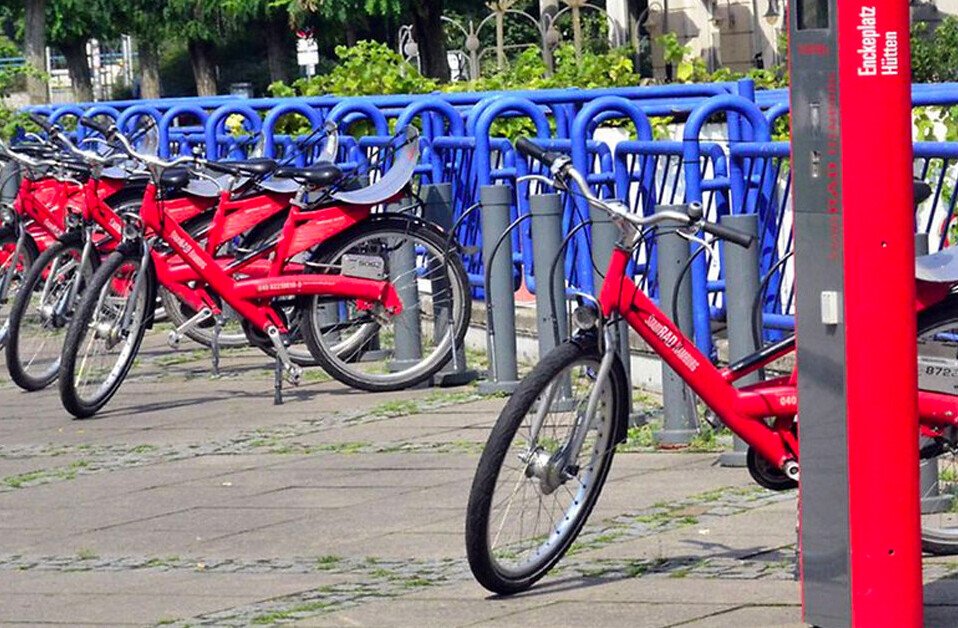
LiDAR, a combination of the words light and radar, is a type of sensor technology that’s popular among some self-driving car companies for real-time mapping. But so far, the tech has been kind of expensive keeping it out the reach of many.
Now, LiDAR tech is getting so cheap it’s making it stupid not to include the sensor tech.
Chinese electric component manufacturer Huawei says that it’s working on a significantly cheaper LiDAR sensor, which could cost less than $100, Autoevolution reports.
This could make the sensors up to, if not more, than five times cheaper than they are at present. Current LiDAR sensors cost upwards of $500 a piece.
The company has recently set up an R&D department employing 10,000 people to work on tech for the automotive market in Wuhan, LiDAR sensors included.
[Read: Global EV market expected to reach 320M vehicles by 2040]
Companies like Tesla have steered clear of adding LiDAR systems to their cars because they’re expensive and the company believes no more effective than stereo camera setups. Tesla does use LiDAR to validate the efficacy of its cameras, though.
However, the likes of Waymo, Uber, and Yandex rely on a combination of cameras and LiDAR as a core part of sensor arrangements on their self-driving vehicles. In fact, LiDAR setups are so valuable to the effectiveness of self-driving systems that they were the focus of an intense legal battle where Waymo sued Uber over stealing trade secrets about the tech.
While the hardware cost is one thing, self-driving developers also have to program them to work; writing the accompanying software also comes at a significant cost. That said, if a company is already developing self-driving tech, adding extra developers is more cost effective than adding expensive hardware to every single car produced.
Huawei isn’t the only company to aim for the sub-$100 price bracket. Specialist LiDAR developers Velodyne said earlier this year that it also has a $100 sensor arrangement ready for market.
Where system robustness could be key to the success of autonomous vehicles and with LiDAR becoming so cheap it begs the question to companies like Tesla, “Why not just use it anyway?”
So you like our media brand SHIFT? You should join our SHIFT event track at TNW2020, where you’ll hear how data, autonomy, and connectivity are fueling the future of mobility.

Get the TNW newsletter
Get the most important tech news in your inbox each week.





